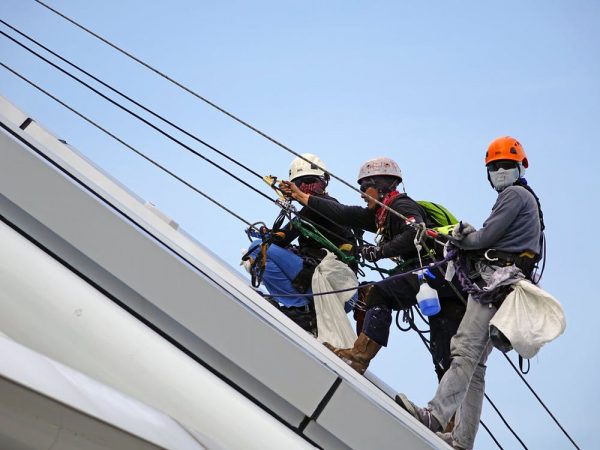
“n days since the last accident,” says a common sign visible in many industrial factories and similarly dangerous workplaces, where n equals the number of days. While modern workplaces have safety measures and protocols, most safety rules today are in place because of an accident that happened in the past. It’s a sad fact, and yet accidents can and will still continue to happen.
With that said, companies, managers, and workers can keep out of harm’s way while working in safety-critical environments by observing these simple safety rules:
Never come to work intoxicated
This seems like a no brainer, but still, there are some guys who violate this rule. Perhaps the last accident was too far back to matter and that makes them complacent. Or perhaps they just don’t care about their jobs and anyone else anymore. In the first case, regular drills and discipline can put slackers back in line. For the latter, increasing job satisfaction and contracting mental health counselors can help.
However, the best way to prevent accidents caused by intoxicated employees is for companies to perform regular and irregular drug tests on their staff. Some considerations include testing employees for marijuana, alcohol, and other drugs. Doing so would detect drunk and/or high workers and allowing management to subject them to disciplinary action before any accidents can happen. It will also deter other workers from trying the same shenanigan.
Never rush a job or task
While most workplaces have quotas, hurrying to meet them (especially before the quota period ends) can make employees be more prone to error. In a safety-critical environment, these mistakes can cause accidents and cost lives. If workers get reckless while doing their tasks, they may lose more than just their bonus or jobs.
Ergo, workers need to maintain order and obey protocols and procedures. If high quotas appear to cause more harm than good, then management should either review their estimates or employ more staff to spread out the workload.
Do not stand or walk under a suspended load
Speaking of quotas, Death has his own metrics to meet, so don’t try and tempt him. He will always win in the end, one way or another. One of his tricks is an accidental death caused by falling debris.
Even though routine checks and regular maintenance are performed, equipment can still fail, and large and heavy objects can fall at any time. It is a freak accident. Therefore, all personnel must never stand beneath any suspended load lest they become an addition to Death’s record.
Always wear protective gear
Hard helmets, gloves, jumpsuits, safety boots, and similar protective clothing are essential in safety-critical work environments. They prevent minor injuries and minimize the damage of major ones.
Some workplaces need gear that is specific to their type of operation. Construction sites, for example, need hard hats/helmets, while laboratories and factories with dangerous chemicals need protective goggles, gloves, and perhaps HazMat suits (Hazardous Materials Suits). However, it is the responsibility of the management to provide their workers with the necessary gear for the job. It should never be a burden to the company to shoulder that expense, so it’s good to know that there are companies out there who sell protective equipment like a CBRN Hazmat suit so you can easily get what you need for your employees.
Slip and fall incidents are also a common yet dangerous occurrence in construction areas, often resulting in severe injuries or even fatalities. These accidents can be caused by various factors such as wet surfaces, uneven terrain, and poor housekeeping. To prevent such incidents, it is crucial to have a spill kit, such as the ones found here, readily available.
Be Careful and Stay Safe
The above four are just some of the safety rules to follow when working in a dangerous environment. Perhaps the golden rule would be to “keep your wits about you.” One can avoid accidents if one is always cautious and aware of their surroundings. So be careful and stay safe.